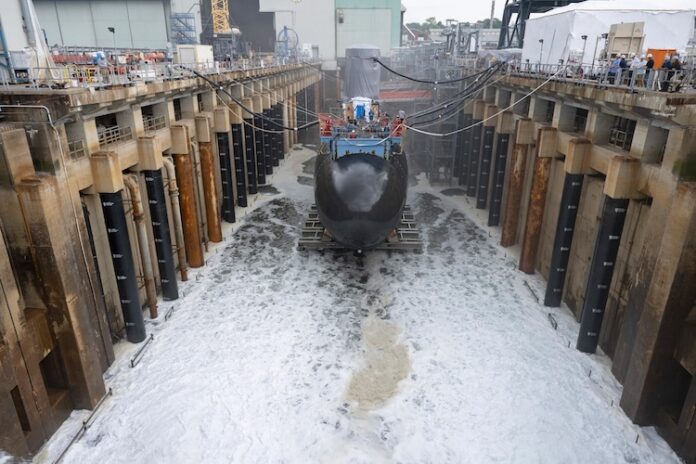The Navy is counting on innovations to help it build and staff submarines and ships more efficiently as demand for the capability grows, the head of the service’s nuclear propulsion program, Adm. William Houston, said, US Naval Institute News reports.


